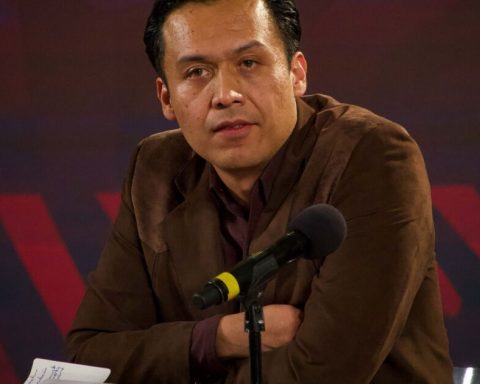Julio Gutiérrez
La Jornada newspaper
Saturday April 12, 2025, p. 3
The country is going through a situation in which the demand for water is greater than the available amount, a phenomenon known as water stress. While the agricultural sector consumes 67.5 percent of the available resource, one in three homes does not receive it every day, BBVA Mexico announced.
According to a study conducted by the bank, with figures taken from UNESCO, our country is in position 26 among those who suffer the greatest water stress worldwide.
In the world, the report details Water that you don’t have to drink: trends on water use and availability, The agricultural sector is the main consumer of fresh water, with 72 percent from the one extracted in the world, followed by the industry, (15) and domestic and municipal use (13).
In the specific Mexican case, Agro represented 67.5 percent of consumption, the public and urban supply, 14.7; multiple uses, 6.7; Thermoelectric plants, 4.6; industry, 3.1; Commerce and services, 1.9, and other uses, 1.5.
While this occurs, the Mexican population in general suffers from problems related to the supply of the input, since around 6.9 percent of households, that is, 2 million 500 thousand, do not have piped water, in addition to that within the total of houses with pipe infrastructure, one in three does not receive it daily.
In relation to the storage level in the country, precise, the dams have recovered this year their levels compared to 2024, according to the daily monitoring carried out by the National Water Commission.
“Although as of March 31, 2025 there are recovery signs compared to last year, when the level of storage in dams at national scale is located in an average of 56.5 percent, compared to 42.8 of the same date last year, in the last decade there was a trend towards the reduction in the total available water.
In 2015, the level for the same time of the year was 77.4 percent, that is, there is a reduction in seal storage of 20.9 percentage points over a decade
accurate.
BBVA considered positive that the current federal administration increases investment in water infrastructure, in order to make use in the agricultural sector more efficient and increase the availability for the population.















